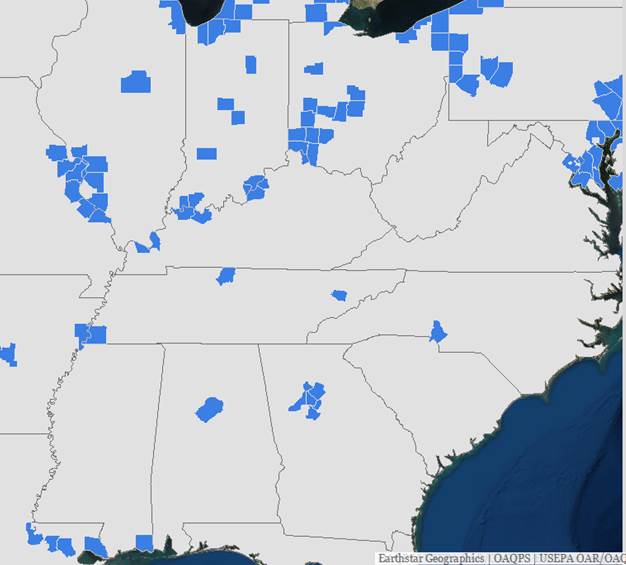Uncategorized
EPA Reduces Ground-Level Ozone Standard to 70 ppb

On October 1, the EPA lowered the National Ambient Air Quality Standards (NAAQS) for ground-level ozone to 70 parts per billion (ppb), from the current level of 75 ppb set under President Bush in 2008. Ground-level ozone is a main component of smog and can produce a number of harmful effects on the respiratory system, including difficulty breathing and inflammation of the airways. In its rulemaking, the EPA estimates the public health benefits produced by lowering the standard will be $2.9 to $5.9 billion annually in 2025 and that they will include the prevention of 320,000 childhood asthma attacks a year. The EPA estimates that the lower standard will cause Industry to incur costs of $1.4 billion a year. Depending on the severity of the ozone problem, nonattainment areas will have from 2020 to 2037 to meet the new standards. The EPA will designate nonattainment areas in late 2017, likely based on data from 2014-2016. The Agency has provided an interactive map showing counties measuring ozone above 70 ppb based on 2012-2014 data, which can be found in the attached picture and at this link.
The 70 ppb standard has drawn criticism from both industry groups and environmentalists. Environmental and public-health groups lobbied for a lower limit of 60 ppb. Industry groups, including the National Association of Manufacturers and the U.S. Chamber of Commerce, urged the EPA not to change the 75 ppb limit.
